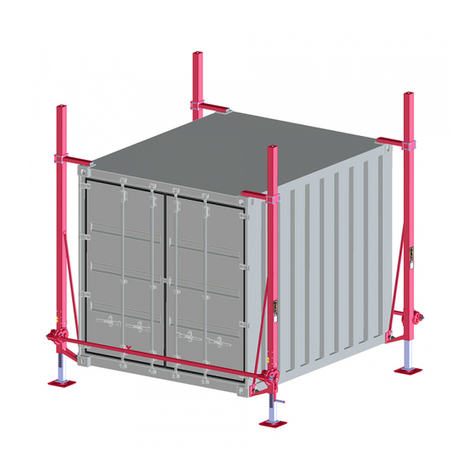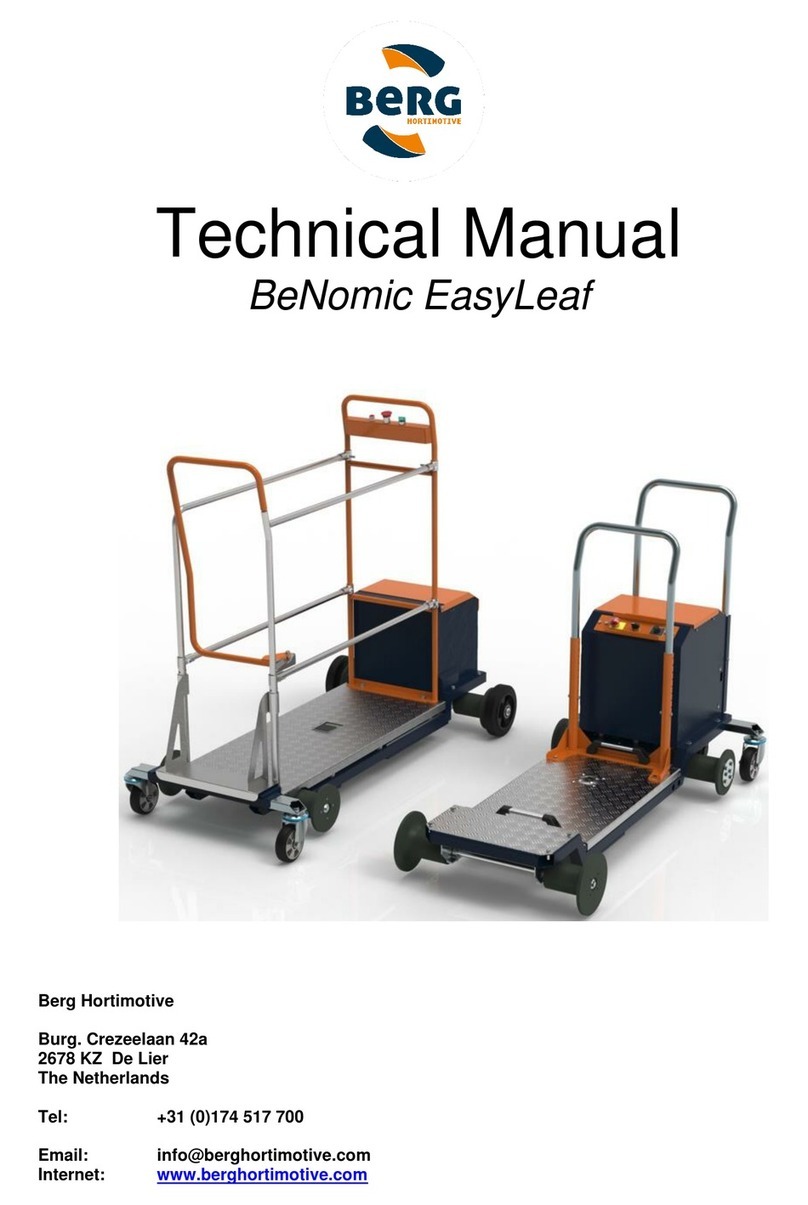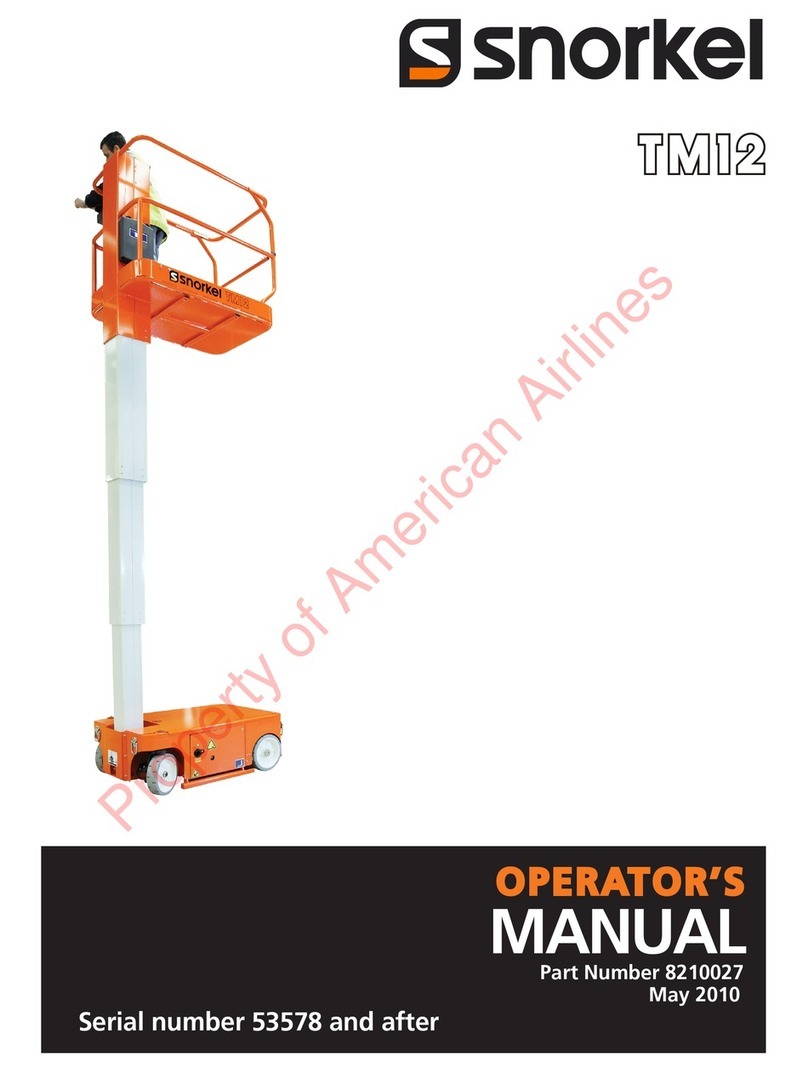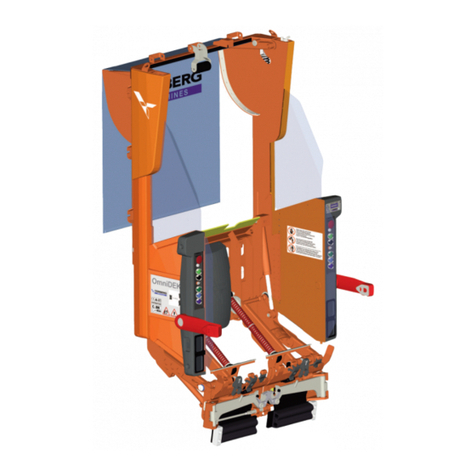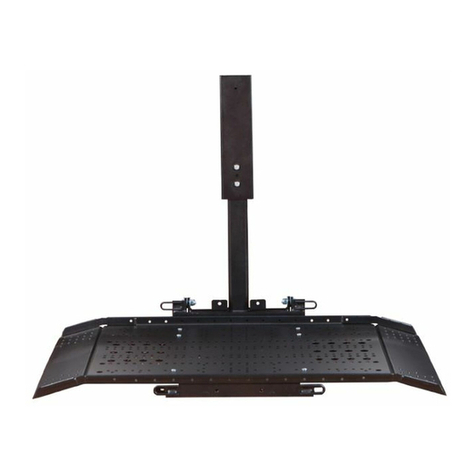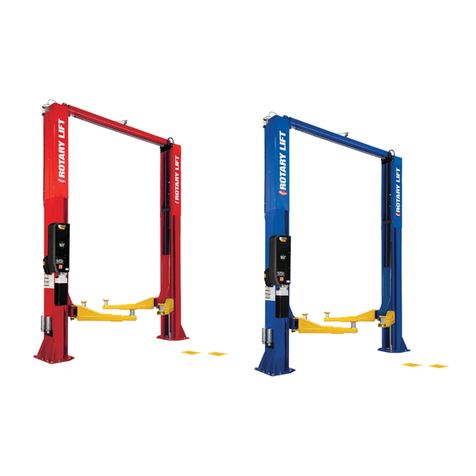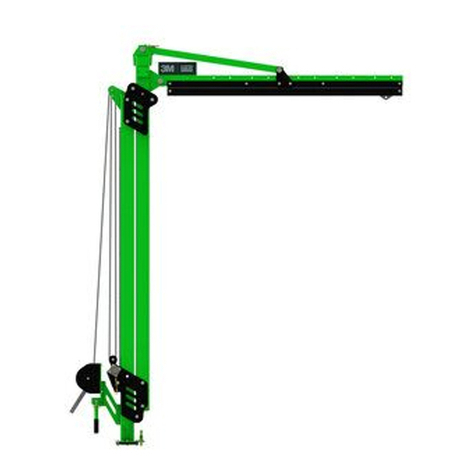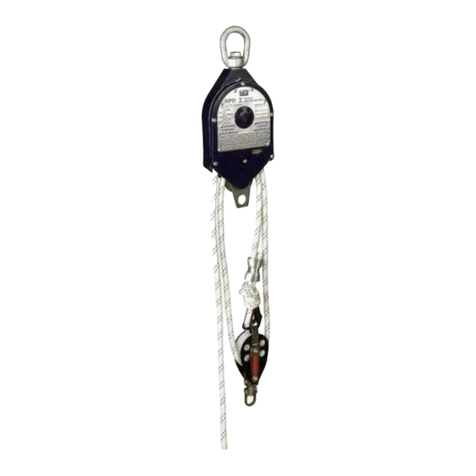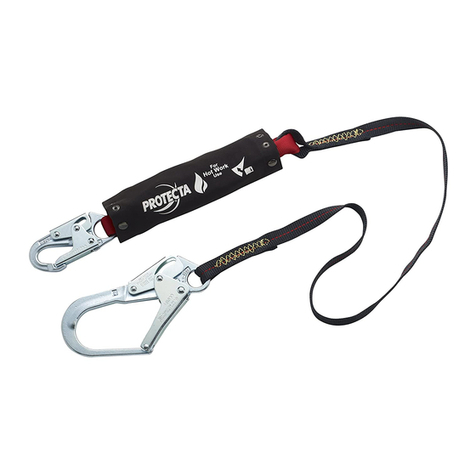
4
Table 1 – Inspection Schedule
Type of Use
Application
Examples Conditions of Use
Inspection Frequency
Competent Person User
Infrequent to Light Rescue and
Conned
Space, Factory
Maintenance
Good Storage Conditions, Indoor or Infrequent
Outdoor Use, Room Temperature, Clean
Environments
Annually Before
each use
Moderate to Heavy Transportation,
Residential
Construction,
Utilities,
Warehouse
Fair Storage Conditions, Indoor and Extended
Outdoor Use, All Temperatures, Clean or
Dusty Environments
Semi-Annually
to Annually
Before
each use
Severe to
Continuous
Commercial
Construction, Oil
and Gas, Mining
Harsh Storage Conditions, Prolonged or
Continuous Outdoor Use, All Temperatures,
Dirty Environment
Quarterly to
Semi-Annually
Before
each use
2.6 LOCKING SPEED: Situations which do not allow for an unobstructed fall path should be avoided. Working
in confined or cramped spaces may not allow the body to reach sufficient speed to cause the SRL to lock if a
fall occurs. Working on slowly shifting material, such as sand or grain,may not allow enough speed buildup
to cause the SRL to lock. A clear path is required to assure positive locking of the SRL.
2.7 NORMAL OPERATIONS: Normal operation will allow the full length of the lifeline to extend and retract
with no hesitation when extending and no slack when retracting as the worker moves at normal speeds. If a
fall occurs, a speed sensing brake system will activate, stopping the fall and absorbing much of the energy
created. For falls which occur near the end of the lifeline travel, a reserve lifeline system or Load Indicator
has been incorporated to assure a reduced impact fall arrest. If the SRL has been subjected to fall forces,
remove the SRL from service, mark “UNUSABLE”, and dispose of in the recommended manner (see “Section
5.4 - Disposal”). Sudden or quick movements should be avoided during normal work operation, as this may
cause the SRL to lock up.
2.8 FREE FALL: When anchored overhead, SRLs will limit the free fall distance to 2 ft. (61 cm) or less. To avoid
increased fall distances, anchor the SRL directly above the worker. Avoid working where your lifeline may
cross or tangle with that of another worker. Avoid working where an object may fall and strike the lifeline;
resulting in loss of balance or damage to the lifeline. Do not allow the lifeline to pass under arms or
between legs. Never clamp, knot, or prevent the lifeline from retracting or being taut. Avoid slack line.
Do not lengthen SRL by connecting a lanyard or similar component without consulting 3M Fall
Protection.
2.9 FALL CLEARANCE: Figure 3A illustrates Fall Clearance requirements. Ensure adequate clearance exists in the fall
path to prevent striking an object during a fall. If the worker will be working at a position that is not directly below
the SRL anchorage point, the clearance required and vertical fall distance will be greater.
2.10 SWING FALLS: Swing falls occur when the anchorage point is not directly above the point where a fall
occurs (see Figure 3B). The force of striking an object in a swing fall may cause serious injury. In a swing
fall, the total vertical fall distance will be greater than if the user had fallen directly below the anchorage
point, thus increasing fall clearance required to safely arrest the user. Use Figure 3A to determine the fall
clearance for your application. Minimize swing falls by working as directly below the anchorage point as
possible. Never permit a swing fall if injury could occur.
2.11 HAZARDS: Use of this equipment in areas where surrounding hazards exist may require additional precautions to
reduce the possibility of injury to the user or damage to the equipment. Hazards may include, but are not limited
to: high heat, caustic chemicals, corrosive environments, high voltage power lines, explosive or toxic gases,
moving machinery, sharp edges, or overhead materials that may fall and contact the user or fall arrest system.
2.12 SHARP EDGES: Avoid working where the lifeline will be in contact with or abrade against unprotected sharp
edges.
Where contact with a sharp edge is possible, cover the edge with a protective material.
2.13 BODY SUPPORT: A Full Body Harness must be used with the Self Retracting Lifeline. The harness
connection point must be above the user’s center of gravity. A body belt is not authorized for use with the
Self Retracting Lifeline. If a fall occurs when using a body belt it may cause unintentional release and possible
suffocation because of improper body support.
2.14 COMPATIBILITY OF COMPONENTS: Unless otherwise noted, 3M Fall Protection equipment is designed for
use with 3M Fall Protection approved components and subsystems only. Substitutions or replacements made
with non approved components or subsystems may jeopardize compatibility of equipment and may affect
safety and reliability of the complete system.
IMPORTANT: Read and follow manufacturer’s instructions for associated components and subsystems in your
personal fall arrest system.


